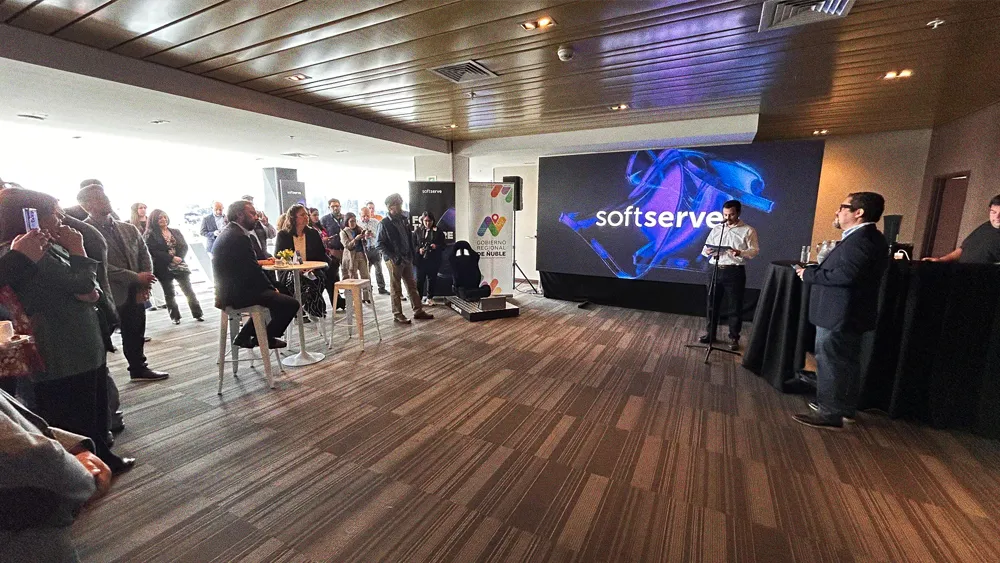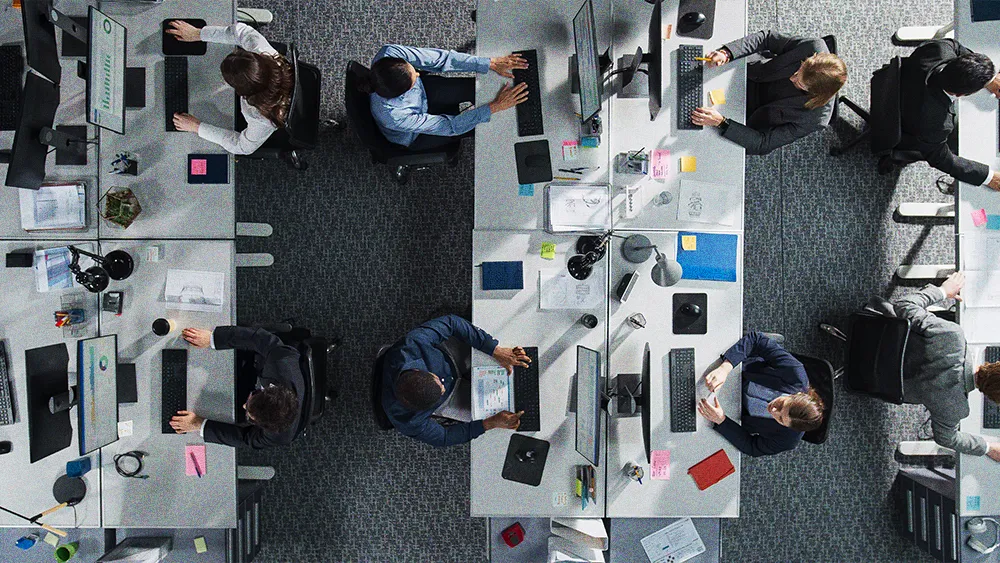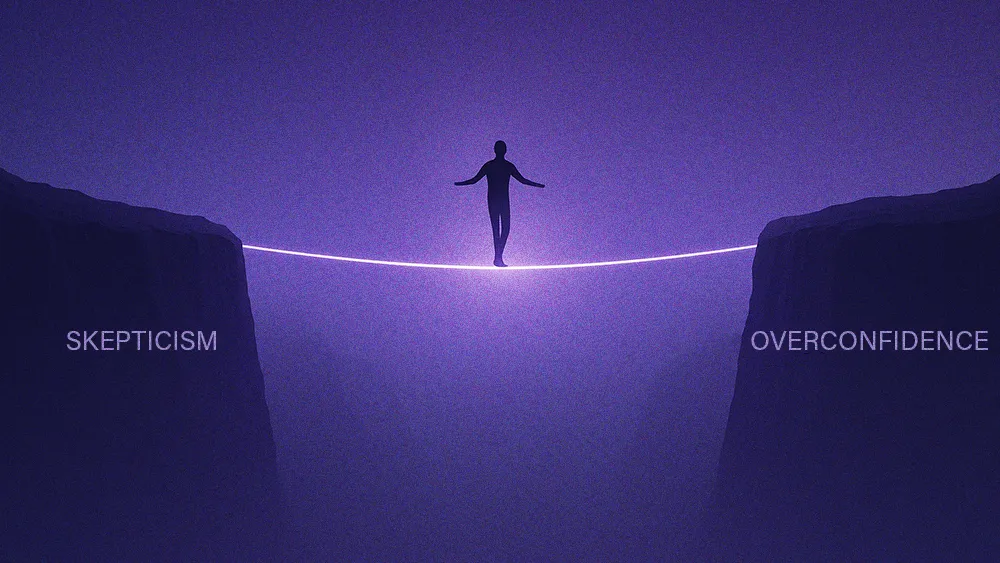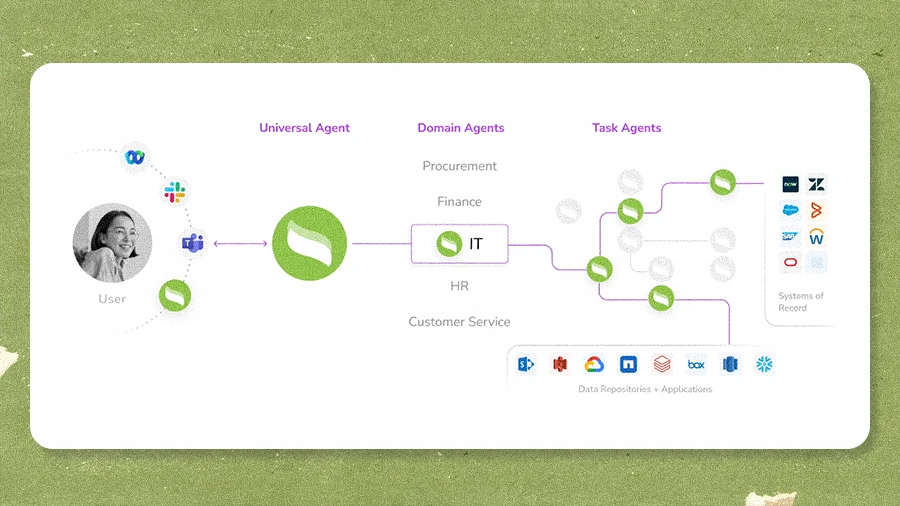Companies That Empower AI Experimentation Are Leading the Adaptation Curve

Key Points
As AI reshapes how work gets done, a growing divide is forming between employees who embrace new tools and those who resist them.
Nicole Hughes, Senior Director of Workforce Solutions at Thomas Thor, says companies must replace rigid, top-down training with agile, employee-driven experimentation.
She advocates for a flexible approach built on reverse mentoring and continuous gap analysis, helping organizations measure progress and adapt faster to change.
The traditional training model is a large undertaking that isn’t changed overnight. With AI, however, things actually are changing overnight. The gap between how people are trained and how work is actually evolving is widening every day, and that’s where organizations are starting to lose ground.
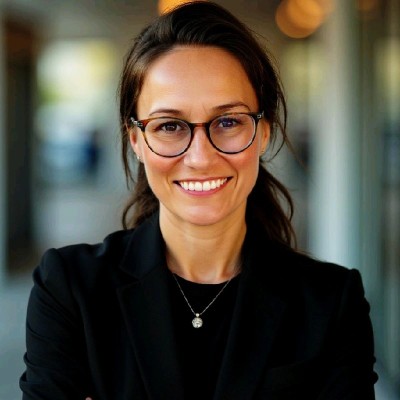
Nicole Hughes
Senior Director of Workforce Solutions
Thomas Thor
The workplace is at a crossroads. As AI reshapes how jobs are done, the modern workforce is splitting in two. Where some see possibility, others see threat. One group is learning to use new tools to work smarter, while the other holds back, frustrated or unsure of where to start. That gap is widening fast, defining who becomes more valuable in their roles and which companies gain the edge. In the end, the willingness to adapt is what sets people apart.
Nicole Hughes has spent her career helping organizations and people adapt to change. As Senior Director of Workforce Solutions at Thomas Thor, the global leader in nuclear recruitment and workforce consulting, she helps companies build the talent pipelines that will drive the clean energy transition. With more than 25 years of international experience, she’s seen how adaptability separates those who thrive from those who stall. In her view, staying competitive today starts with a simple choice: adapt or get left behind.
“The challenge is convincing people in the scared camp to use these tools and grow with them, because those are the individuals and companies that will be successful. They can then take lessons from early adoption to bring others along,” says Hughes.
Yesterday’s playbook: The problem, she continues, is that traditional corporate learning can’t keep up when AI tools are changing things overnight. As new tools emerge that can save hundreds of hours per year, many argue that such rigid, top-down training programs are quickly becoming obsolete. “The traditional training model is a large undertaking that isn’t changed overnight. With AI, however, things actually are changing overnight. The gap between how people are trained and how work is actually evolving is widening every day, and that’s where organizations are starting to lose ground.”
So what’s the fix? According to Hughes, it’s a two-part strategy. She points to organizational agility as the key differentiator, calling it a matter of “survival of the fittest.” That pressure may give smaller, less bureaucratic firms an advantage over larger competitors bogged down by “red tape.” She recommends a decentralized approach where employees are empowered to experiment, a model designed to foster organic innovation and AI buy-in.
Culturally, the new approach is powered by embracing reverse mentoring to bridge the digital divide. For leaders who might doubt their organization’s capacity for such fast change, Hughes points to a powerful, recent example: the 2020 lockdowns served as a forced, global training exercise in the very agility she now advocates for, showing that even resistant populations can adapt when circumstances demand it.
Permission to pilot: “HR needs to pull back some controls to allow for more flexibility. This empowers people to explore tools for themselves, implement them to become more effective, and share what works with their teammates on a smaller scale,” says Hughes, encouraging HR to loosen the reins and give employees permission to experiment with new tools in their daily workflows.
Flipping the script: “For decades, mentoring has always been the more experienced mentoring down. What we need to see now is mentoring up. This is where the younger, fresher workforce collaborates with more experienced individuals to show them the tricks of the future.”
To ensure this newfound agility doesn’t become a free-for-all, Hughes recommends a rigorous but flexible measurement framework: “continuous gap analysis.” The framework allows leaders to intelligently redesign the workforce, using the resulting data on tool effectiveness to connect cultural initiatives with measurable outcomes. It mirrors formal governance models like the NIST AI Risk Management Framework by providing a playbook to establish a baseline and track KPIs, addressing challenges in regulating workplace technologies and enabling leaders to effectively scale their transformation.
Data makes it real: “Continuous gap analysis can be helpful because we can really get down into the weeds and track these tools to their effectiveness,” explains Hughes. “That may even include which tool worked with which department, which tool worked with which age group the best, and how those insights can shape smarter decisions going forward.”
Ultimately, Hughes sees this evolution leading to a flexible, global, and results-oriented model that moves beyond the traditional 9-to-5 workday. The move toward a results-oriented model aligns with other analyses predicting the future of hybrid work and studies showing a desire for flexibility, where the measure of contribution is redefined. “It really needs to come down to effectiveness and getting things done, rather than a set schedule,” she concludes.
HR needs to pull back some controls to allow for more flexibility. This empowers people to explore tools for themselves, implement them to become more effective, and share what works with their teammates on a smaller scale.
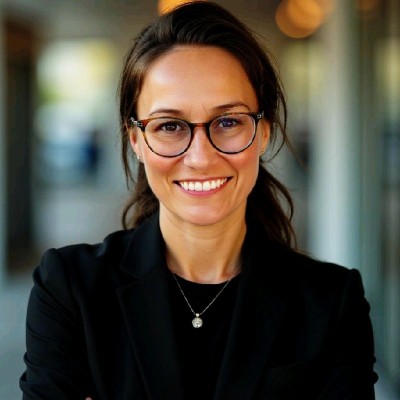
Nicole Hughes
Senior Director of Workforce Solutions
Thomas Thor
HR needs to pull back some controls to allow for more flexibility. This empowers people to explore tools for themselves, implement them to become more effective, and share what works with their teammates on a smaller scale.

Nicole Hughes
Senior Director of Workforce Solutions
Thomas Thor
Related articles
TL;DR
As AI reshapes how work gets done, a growing divide is forming between employees who embrace new tools and those who resist them.
Nicole Hughes, Senior Director of Workforce Solutions at Thomas Thor, says companies must replace rigid, top-down training with agile, employee-driven experimentation.
She advocates for a flexible approach built on reverse mentoring and continuous gap analysis, helping organizations measure progress and adapt faster to change.
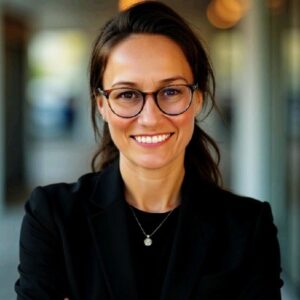
Nicole Hughes
Thomas Thor
Senior Director of Workforce Solutions

Senior Director of Workforce Solutions
The workplace is at a crossroads. As AI reshapes how jobs are done, the modern workforce is splitting in two. Where some see possibility, others see threat. One group is learning to use new tools to work smarter, while the other holds back, frustrated or unsure of where to start. That gap is widening fast, defining who becomes more valuable in their roles and which companies gain the edge. In the end, the willingness to adapt is what sets people apart.
Nicole Hughes has spent her career helping organizations and people adapt to change. As Senior Director of Workforce Solutions at Thomas Thor, the global leader in nuclear recruitment and workforce consulting, she helps companies build the talent pipelines that will drive the clean energy transition. With more than 25 years of international experience, she’s seen how adaptability separates those who thrive from those who stall. In her view, staying competitive today starts with a simple choice: adapt or get left behind.
“The challenge is convincing people in the scared camp to use these tools and grow with them, because those are the individuals and companies that will be successful. They can then take lessons from early adoption to bring others along,” says Hughes.
Yesterday’s playbook: The problem, she continues, is that traditional corporate learning can’t keep up when AI tools are changing things overnight. As new tools emerge that can save hundreds of hours per year, many argue that such rigid, top-down training programs are quickly becoming obsolete. “The traditional training model is a large undertaking that isn’t changed overnight. With AI, however, things actually are changing overnight. The gap between how people are trained and how work is actually evolving is widening every day, and that’s where organizations are starting to lose ground.”
So what’s the fix? According to Hughes, it’s a two-part strategy. She points to organizational agility as the key differentiator, calling it a matter of “survival of the fittest.” That pressure may give smaller, less bureaucratic firms an advantage over larger competitors bogged down by “red tape.” She recommends a decentralized approach where employees are empowered to experiment, a model designed to foster organic innovation and AI buy-in.
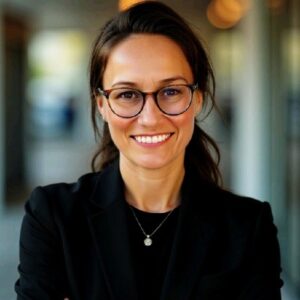
Nicole Hughes
Thomas Thor
Senior Director of Workforce Solutions

Senior Director of Workforce Solutions
Culturally, the new approach is powered by embracing reverse mentoring to bridge the digital divide. For leaders who might doubt their organization’s capacity for such fast change, Hughes points to a powerful, recent example: the 2020 lockdowns served as a forced, global training exercise in the very agility she now advocates for, showing that even resistant populations can adapt when circumstances demand it.
Permission to pilot: “HR needs to pull back some controls to allow for more flexibility. This empowers people to explore tools for themselves, implement them to become more effective, and share what works with their teammates on a smaller scale,” says Hughes, encouraging HR to loosen the reins and give employees permission to experiment with new tools in their daily workflows.
Flipping the script: “For decades, mentoring has always been the more experienced mentoring down. What we need to see now is mentoring up. This is where the younger, fresher workforce collaborates with more experienced individuals to show them the tricks of the future.”
To ensure this newfound agility doesn’t become a free-for-all, Hughes recommends a rigorous but flexible measurement framework: “continuous gap analysis.” The framework allows leaders to intelligently redesign the workforce, using the resulting data on tool effectiveness to connect cultural initiatives with measurable outcomes. It mirrors formal governance models like the NIST AI Risk Management Framework by providing a playbook to establish a baseline and track KPIs, addressing challenges in regulating workplace technologies and enabling leaders to effectively scale their transformation.
Data makes it real: “Continuous gap analysis can be helpful because we can really get down into the weeds and track these tools to their effectiveness,” explains Hughes. “That may even include which tool worked with which department, which tool worked with which age group the best, and how those insights can shape smarter decisions going forward.”
Ultimately, Hughes sees this evolution leading to a flexible, global, and results-oriented model that moves beyond the traditional 9-to-5 workday. The move toward a results-oriented model aligns with other analyses predicting the future of hybrid work and studies showing a desire for flexibility, where the measure of contribution is redefined. “It really needs to come down to effectiveness and getting things done, rather than a set schedule,” she concludes.
